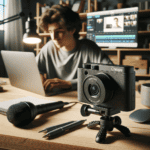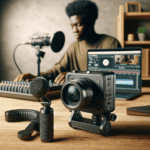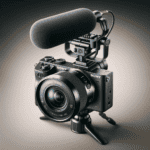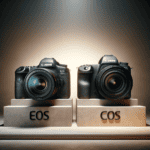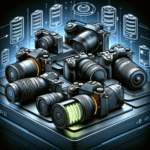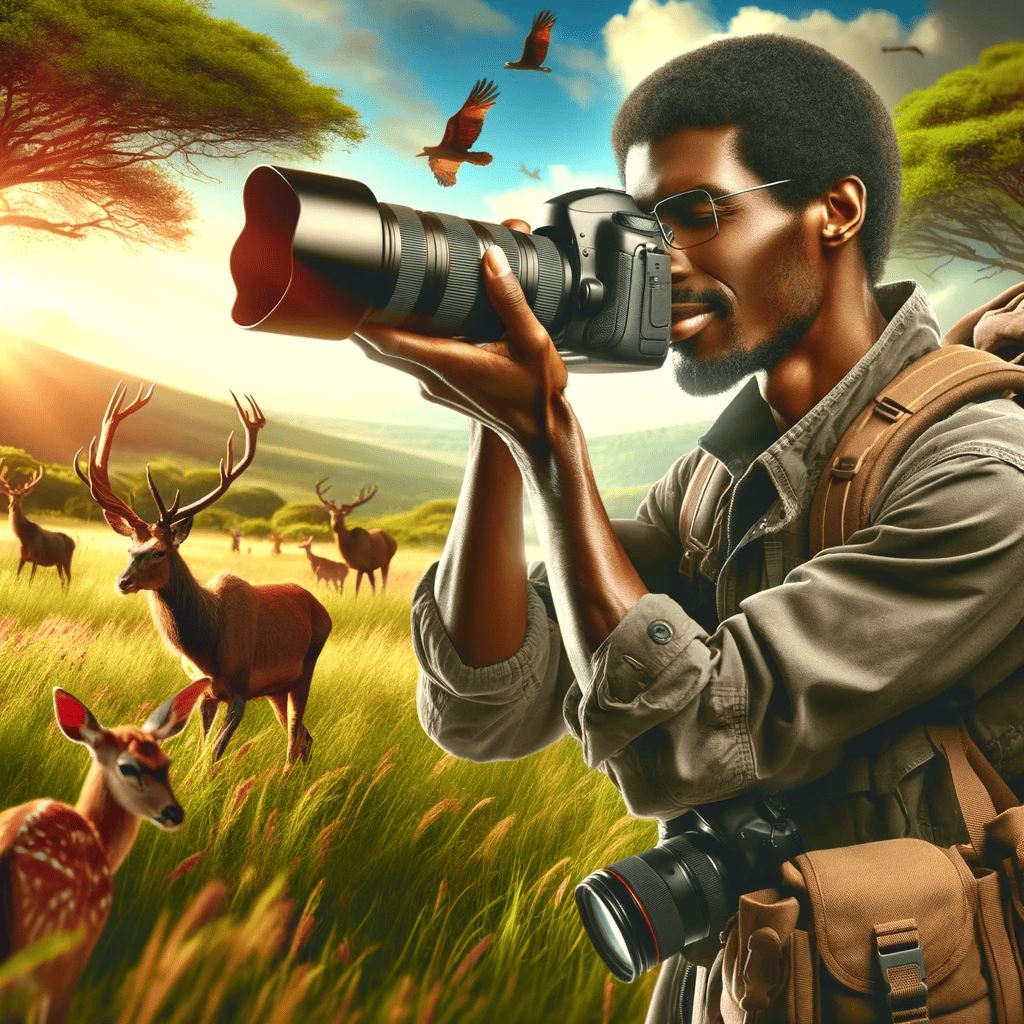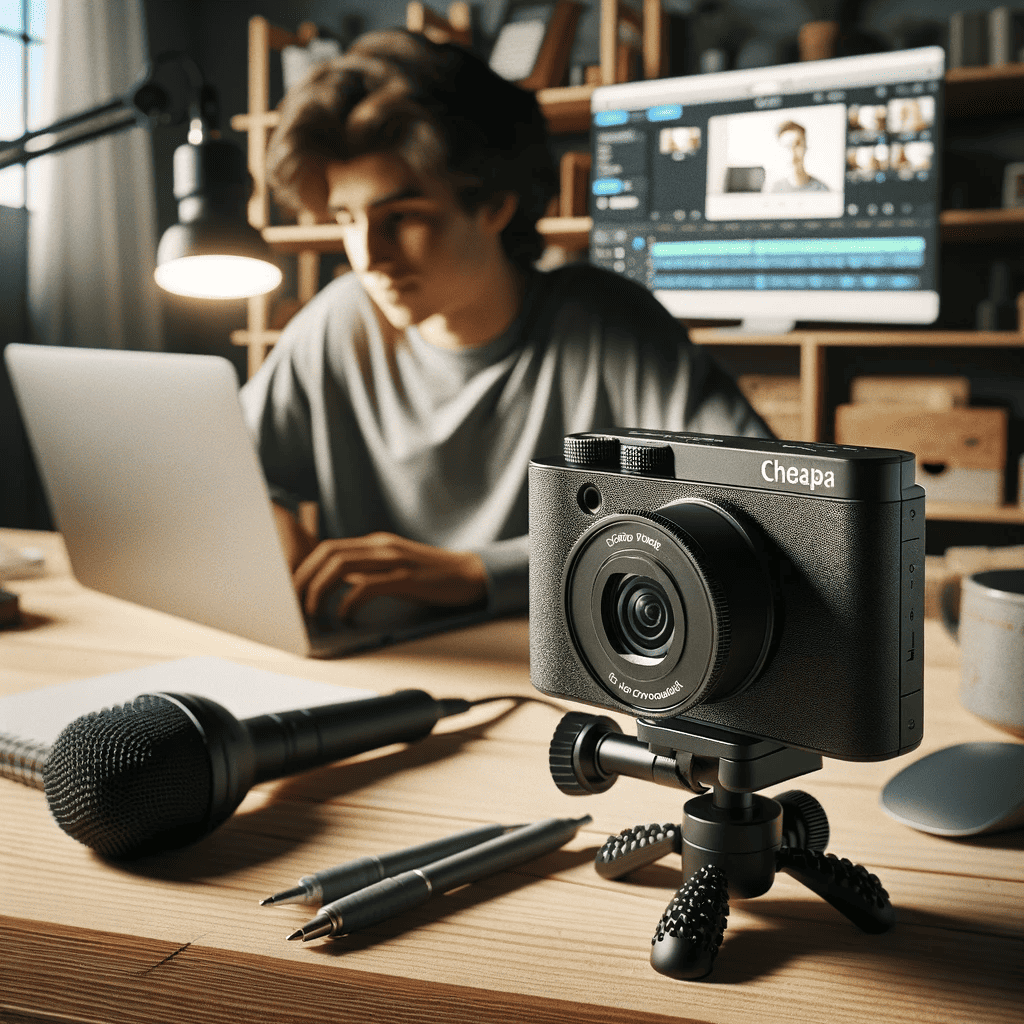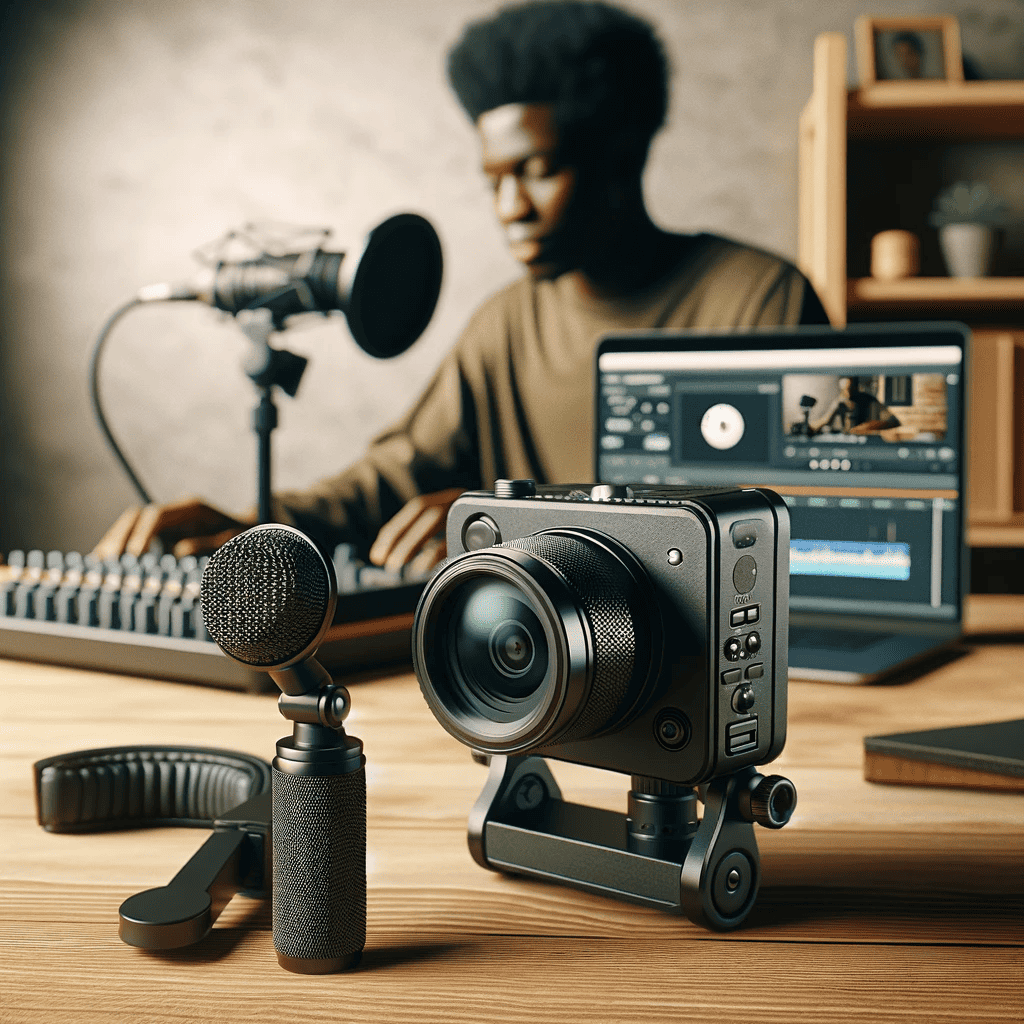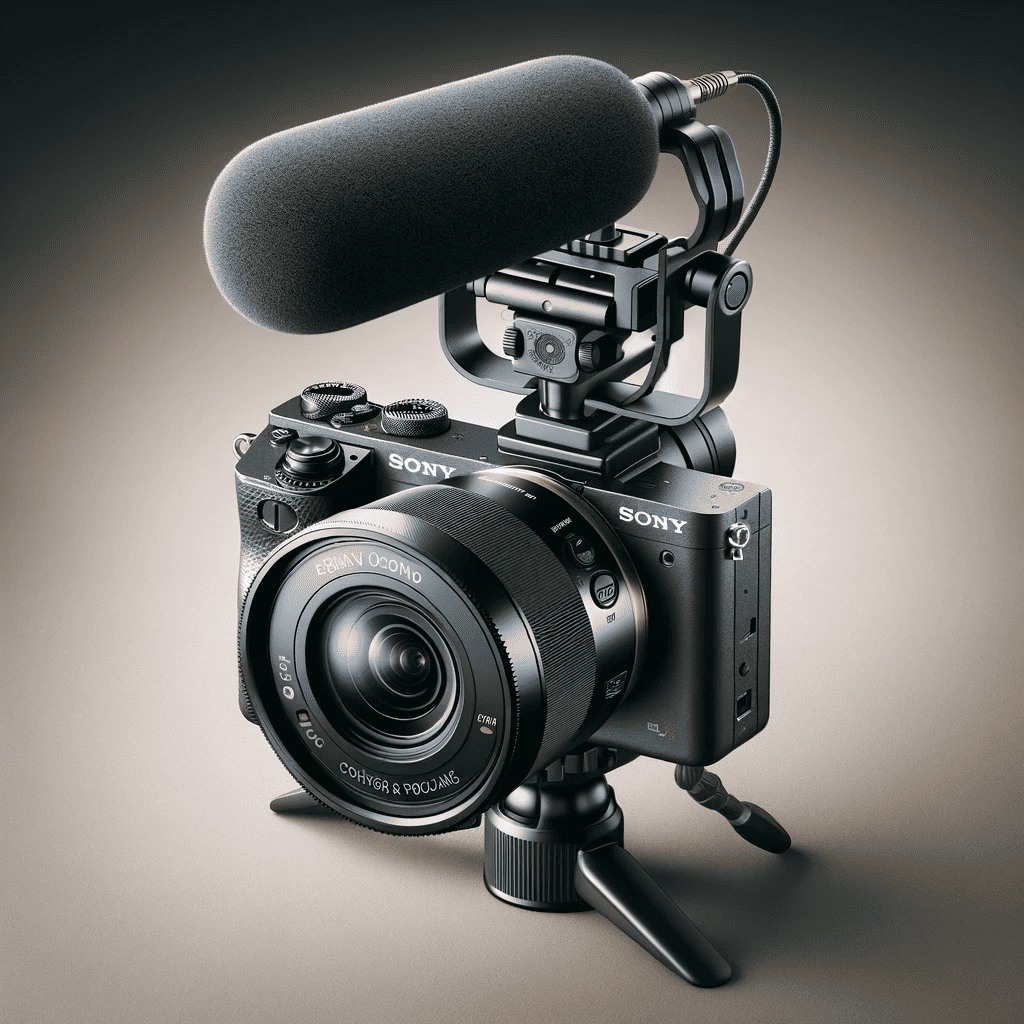Introduction
The right digital camera is crucial for capturing stunning wildlife photos. Wildlife photography requires specific features and capabilities to successfully capture fast-moving subjects in various lighting conditions. Choosing the right camera can make a significant difference in the quality of your wildlife images.
The Importance of Choosing the Right Digital Camera for Wildlife Photography
Choosing the right digital camera for wildlife photography is essential because it directly affects the outcome of your images. Wildlife subjects are often unpredictable, and capturing their fleeting moments requires a reliable and versatile camera that can handle challenging conditions. A suitable camera should possess features like fast autofocus, high burst rate, excellent low-light performance, and sufficient resolution to capture fine details.
These attributes enable you to freeze action, track moving subjects accurately, and produce sharp images with rich colors even in difficult lighting situations such as dawn or dusk. In addition to technical specifications, ergonomics also play a vital role.
A well-designed camera with intuitive controls allows you to quickly adjust settings without missing critical shots. The right balance between weight and durability is crucial when photographing wildlife outdoors for extended periods.
Overview of Factors to Consider When Selecting a Camera
Selecting a digital camera for wildlife photography involves considering various factors:
- Focusing System: look for advanced autofocus systems with precise tracking capabilities to capture fast-moving wildlife accurately.
- Image Sensor: choose cameras with larger image sensors as they generally provide better image quality, dynamic range, and low-light performance.
- Burst Rate: higher frames per second (fps) allow you to capture multiple shots rapidly, increasing the chances of getting that perfect wildlife moment.
- Lens Selection: consider the availability and compatibility of telephoto lenses suitable for wildlife photography with the chosen camera system.
- Weather Sealing: wildlife photography often involves outdoor adventures, so a camera with weather sealing will protect it from dust, moisture, and extreme temperatures.
By carefully evaluating these factors, you can select a digital camera that meets your specific wildlife photography needs and helps you capture extraordinary moments in nature.
High-Level Overview of Best Digital Cameras for Wildlife Photos
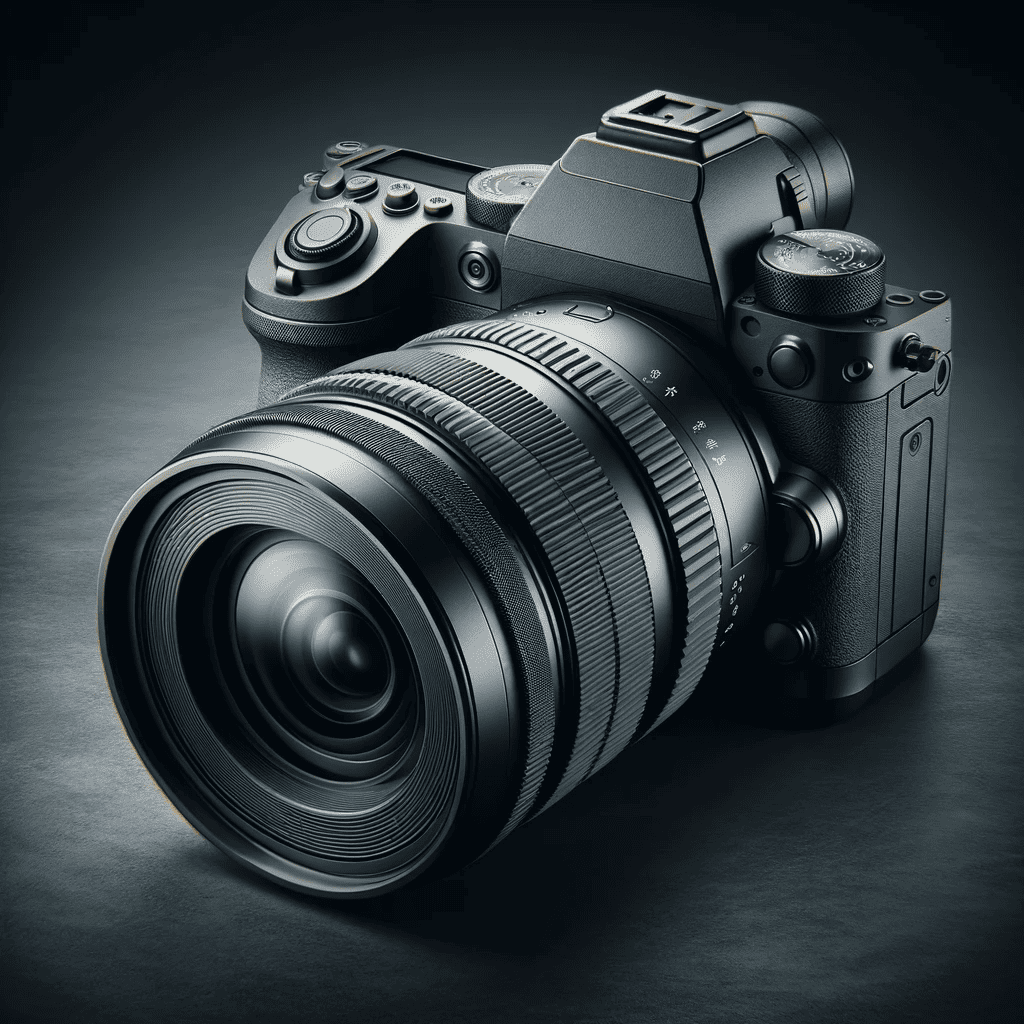
Canon EOS-1D X Mark III
The Canon EOS-1D X Mark III boasts impressive features and specifications that make it an excellent choice for wildlife photography. Its 20.1-megapixel full-frame CMOS sensor captures stunningly detailed images, even in challenging lighting conditions. The camera’s ISO range of 100-102,400 (expandable up to 819,200) ensures exceptional low-light performance, allowing photographers to capture wildlife moments at dawn or dusk.
The advanced DIGIC X image processor enables fast continuous shooting at up to 16 frames per second (fps), ensuring that no crucial moment is missed. When it comes to wildlife photography, the Canon EOS-1D X Mark III excels in several areas.
Its advanced autofocus system with Dual Pixel CMOS AF technology offers impressive accuracy and speed, tracking subjects with precision even when they are moving unpredictably or in dense foliage. The camera’s high-speed continuous shooting combined with its deep buffer capacity allows photographers to capture a burst of images without worrying about limited storage space.
Additionally, the robust build of the EOS-1D X Mark III provides weather sealing and durability required for outdoor adventures capturing wildlife. Sample Wildlife Photos Captured with the Canon EOS-1D X Mark III showcase its incredible capabilities in freezing swift movements of birds mid-flight or capturing elusive creatures in their natural habitats.
Nikon D850
The Nikon D850 is another top contender in the realm of digital cameras for wildlife photography. With a 45.7-megapixel backside-illuminated full-frame sensor, this camera delivers exceptional image quality and clarity. Its BSI technology enhances light collection efficiency resulting in reduced noise levels and improved dynamic range—ideal for capturing fine details and textures found in wildlife subjects.
One standout feature of the Nikon D850 is its advanced autofocus system. With 153 focus points, including 99 cross-type sensors, this camera ensures accurate and fast subject tracking.
The camera’s Expeed 5 image processor allows continuous shooting at up to 7 frames per second (fps), making it suitable for capturing wildlife in action. Furthermore, the D850 offers an extended ISO range of 64-25,600 (expandable up to ISO 102,400) enabling photographers to shoot in challenging lighting conditions.
Sample Wildlife Photos Captured with the Nikon D850 highlight its ability to bring out intricate details in animal fur or feathers while maintaining natural colors and rich tonality. The camera excels at capturing wildlife portraits as well as action shots with excellent sharpness and clarity.
Autofocus System and Speed
Fast and accurate autofocus is crucial for capturing wildlife moments. It allows photographers to quickly lock focus on moving subjects, ensuring sharp and detailed images. When comparing the autofocus systems of the Canon EOS-1D X Mark III and the Nikon D850, both cameras excel in this aspect.
The Canon EOS-1D X Mark III features an advanced Dual Pixel CMOS AF system, providing rapid autofocus performance and excellent subject tracking capabilities. On the other hand, the Nikon D850 boasts a Multi-CAM 20K autofocus sensor module that offers precise focusing even in challenging lighting conditions.
Image Sensor Size and Resolution
The size of an image sensor plays a significant role in capturing more details in wildlife photography. The Canon EOS-1D X Mark III utilizes a full-frame sensor, which is larger than most sensors found in consumer-level cameras. This larger sensor size allows for better light-gathering capabilities, resulting in improved image quality with reduced noise levels.
In contrast, the Nikon D850 incorporates a high-resolution sensor known for its impressive megapixel count. Although it has slightly smaller pixel size compared to full-frame sensors, it compensates by offering exceptional resolution and fine detail reproduction.
Lens Compatibility and Availability
When it comes to lens options suitable for wildlife photography with each camera model, both Canon EOS-1D X Mark III and Nikon D850 provide extensive compatibility with various lenses. Canon offers an extensive range of telephoto lenses specifically designed for wildlife photography needs, including super telephoto prime lenses like the EF 600mm f/4L IS III USM lens that offer superb reach and image quality. Similarly, Nikon provides a wide selection of telephoto lenses such as the AF-S NIKKOR 600mm f/4E FL ED VR lens known for its excellent optical performance.
Image Stabilization Technology
Built-in image stabilization technology is highly beneficial in wildlife photography as it helps reduce blur caused by shaky hands or fast-moving subjects. Canon’s Optical Image Stabilization (OIS) system provides a reliable way to counteract camera shake, enabling photographers to capture sharper images even without a tripod.
On the other hand, Nikon utilizes Vibration Reduction (VR) technology, which is equally effective in minimizing image blur and enhancing stability. Both stabilization systems offer impressive results, allowing photographers to shoot handheld in challenging conditions and still achieve sharp wildlife photos.
Rarely Known Small Details: Lesser
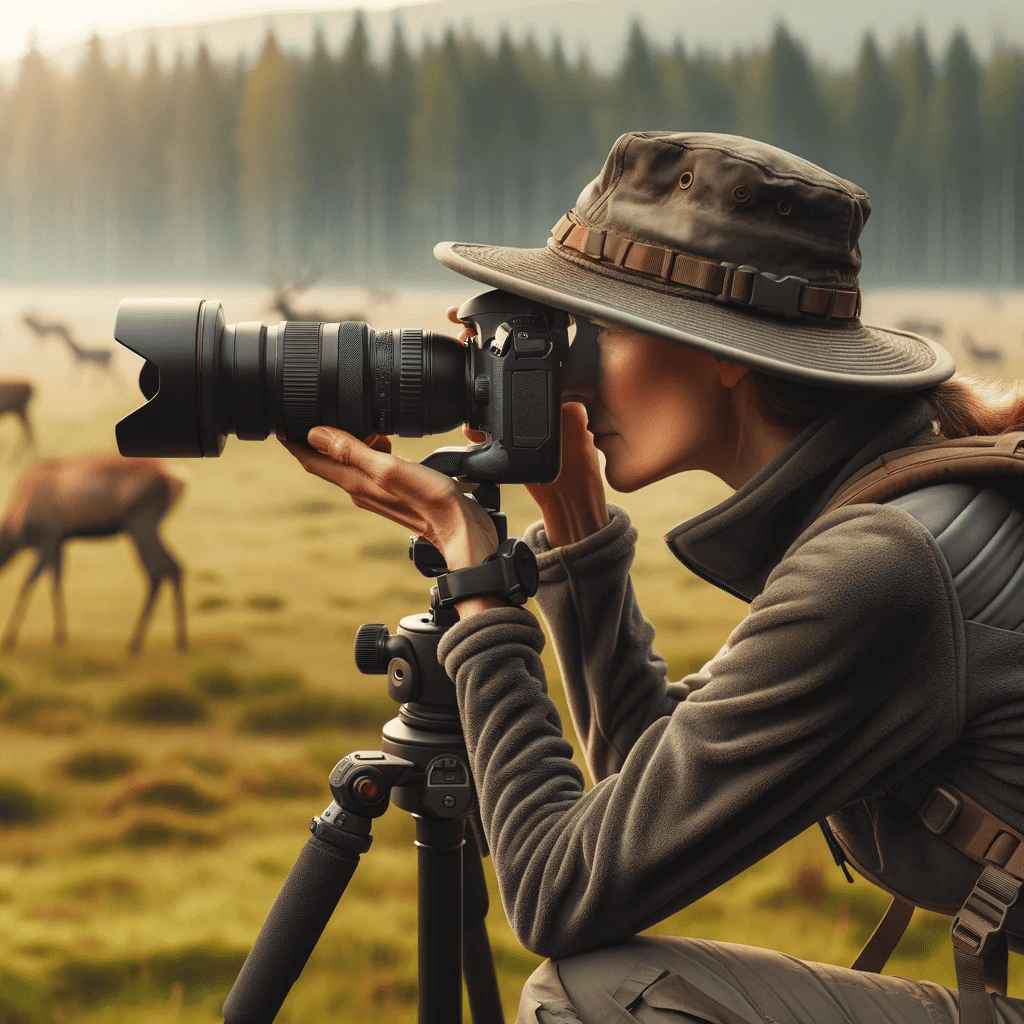
Autofocus Microadjustment and Calibration
1. Fine-tuning autofocus accuracy is crucial for wildlife photography. 2. Both the Canon EOS-1D X Mark III and Nikon D850 offer microadjustment features. 3. By calibrating lenses, photographers can achieve precise autofocus performance.
4. Canon cameras utilize the AF Microadjustment feature, which allows users to fine-tune focus for each lens individually. 5. Nikon cameras use the AF Fine Tune feature, enabling users to adjust lens focus at both ends of the focal range.
6. Microadjustment reduces front or back focusing issues, ensuring sharper wildlife images. 7. Photographers can perform these adjustments using specialized tools or opt for professional calibration services.
Weather Sealing and Durability
1. Wildlife photography often involves challenging outdoor conditions. 2. Both Canon EOS-1D X Mark III and Nikon D850 offer robust weather sealing to protect against dust, moisture, and extreme temperatures.
3. Canon’s camera is built with a magnesium alloy body that provides exceptional durability while also being resistant to environmental elements. 4. The Nikon D850 boasts a similar magnesium alloy construction coupled with extensive sealing at various entry points into the camera body.
5. These weather-sealed cameras allow photographers to confidently shoot in adverse weather conditions without fear of damage or malfunctions. 6. Furthermore, both cameras have been extensively tested under harsh conditions to ensure reliability in demanding environments.
Conclusion
When it comes to selecting the best digital camera for wildlife photography, paying attention to the rarely known small details can greatly enhance your photographic experience and results. Features like autofocus microadjustment and calibration enable photographers to fine-tune their lenses for optimal focus accuracy, ensuring sharp wildlife images every time. Additionally, robust weather sealing and durability are vital for withstanding the challenging outdoor conditions often encountered in wildlife photography.
By considering these lesser-known aspects, photographers can make informed decisions and select a camera that suits their specific needs. Whether it’s Canon’s EOS-1D X Mark III or Nikon’s D850, both cameras offer advanced features, excellent image quality, and reliable performance.
So get out there, explore the wild, and capture breathtaking moments with confidence. The world of wildlife photography awaits you!

